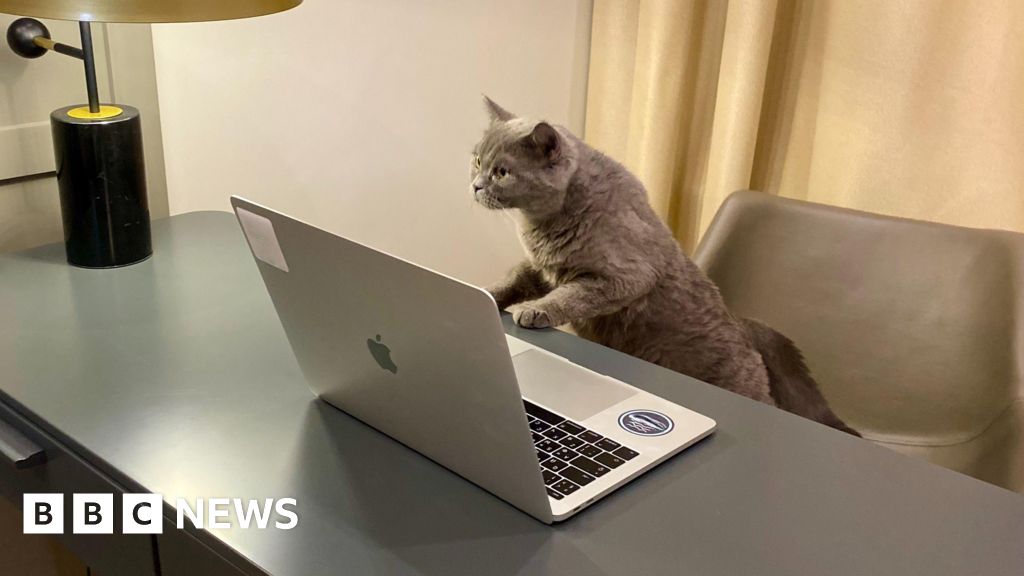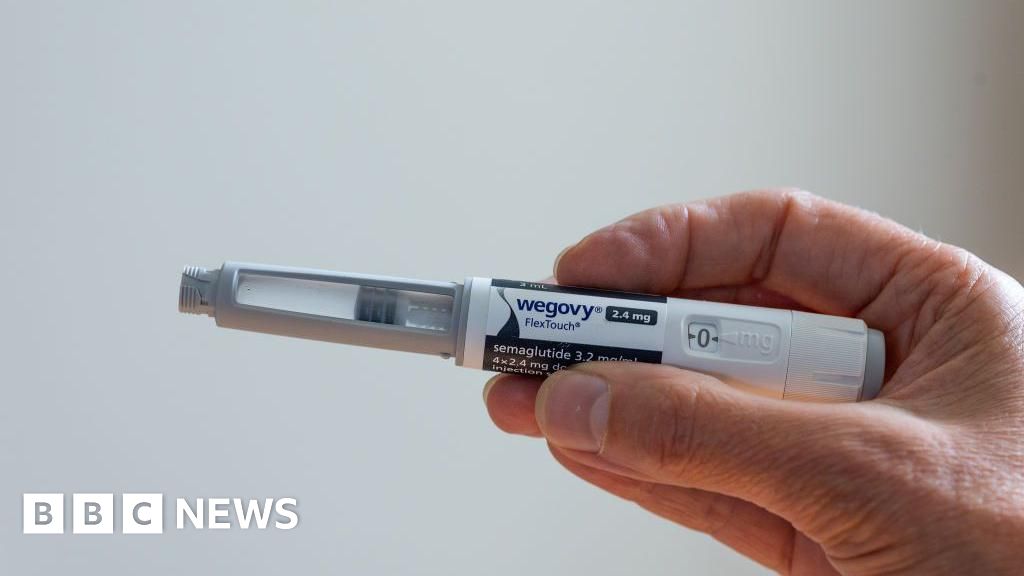ARTICLE AD BOX
 Image source, Janie Hayes
Image source, Janie Hayes
Business grants, offered through pandemic relief programmes, helped Janie Hayes get her shop off the ground
By Natalie Sherman
Business reporter, New York
Fashionista Janie Hayes always wanted to be her own boss. She finally managed it last year, when the clothing boutique she opened in Boise, Idaho during the pandemic started to take off.
Months after opening, the 33-year-old finally managed to quit her waitressing job and focus on the business full-time. Now she is planning to open a second location, and considering adding another person to her staff of three.
"Our growth is better every month," she says. "At this rate, I think it's just going to continue to get better."
Ms Hayes is part of a surprising surge in new business activity that the US has enjoyed since the pandemic hit.
The number of new business applications jumped 24% in 2020, then another 23% last year. And while filings have come down this year, they remain elevated compared to levels before the pandemic.
The gains counter a decades-long decline in start-up rates that had worried economists. Now the question is whether this burst of entrepreneurialism will be sustained or fade into memory as another quirk of the pandemic-era economy.
"It was extremely surprising," says Kenan Fikri, director of research at the Economic Innovation Group, which has long pushed for policy changes aimed at boosting start-up rates.
"Now, things can go two ways," he says. "Do we revert back to the pre-pandemic state of affairs where markets remain very concentrated, it's hard to compete against big companies and it's hard to get loans and the financial services that you need? Or have we experienced a step change in the background entrepreneurial energy in the American economy?"
Small Business USA
If it's true to say the US is the engine of the world economy, then small and medium-sized businesses are the fuel that drives that engine.
Small businesses create nearly two-thirds of new jobs in the workforce and account for 44% of US economic activity. So what's the secret to their success? What challenges do they face and which are the best cities and regions for them to thrive?
Young firms, those in business for less than five years, are typically quite small, employing less than 10% of the private sector workforce in the US.
Despite their size, they play a vital role in the economy, accounting for a disproportionate share of job creation and innovation.
Prior to the pandemic, new companies represented just 8% of America's firms in 2019, compared with more than 12% in the early 1980s.
Image source, Getty Images
Image caption,Janie Hayes says her business got a boost from the growth the Boise area experienced during the pandemic
Analysts have blamed the long-term decline in new businesses on a range of factors - everything from an ageing workforce to high property prices and the proliferation of anti-competitive practices, like non-compete clauses, raising barriers for would-be entrepreneurs.
Many feared the pandemic would only make things worse.
Instead, the disruption appeared to jolt US entrepreneurialism out of its slump - both by creating new needs for firms to meet, like online workouts, and by giving would-be business owners a bigger financial cushion, as the government provided unusually strong economic support in the form of extended unemployment benefits and stimulus cheques.
The UK, which had faced a similar decline in entrepreneurialism, also saw a surge in start-up activity, which analysts have credited in part to furlough support.
"To me, one of the biggest lessons is that financial security opens the door to entrepreneurship," Mr Fikri says.
Ms Hayes, who was working as a waitress when the pandemic hit, says she got the confidence to strike out on her own after her savings got a boost thanks to stimulus cheques from the government.
She rented a small shop in May 2020. Business grants, offered through pandemic relief programmes, helped the boutique through its first year, as she fine-tuned the brand and figured out her target customer.
"It definitely helped knowing at the beginning of this that I didn't have to get a loan. I had the money," says Ms Hayes, who had been toying with the idea of a store for several years, even launching a website in 2018. "It wasn't like I was having to go into debt to start something."
As well as a bigger financial cushion, she says the pandemic also created a bigger market for her products, as a wave of new people moved to the Boise area, in part due to the geographic reshuffling spurred by remote work.
"It's a lot more people coming in to shop," she says. "It's also a lot more style."
Anne Marie Hamner quit her job running clinical trials in June 2020 to open her own wellness coaching business in Raleigh, North Carolina. She says she had contemplated starting a business long before the pandemic, but she couldn't have done so without savings and a supportive partner.
Image source, Anne Marie Hamner
Image caption,Anne Marie Hamner launched a wellness business in 2020, taking a big income cut
"Not everybody can do this and it's not because people can't do it, but just the financial freedom in order to be able to do this is huge," she says, noting that she took a 75% pay cut to strike out on her own and has picked up some work as a nanny.
"I hope that this is what I can do for the rest of my life. I really hope that financial considerations don't push me back into clinical trials."
Filings are only the first sign of a new business. Data on how many have gotten off the ground is still being collected.
But for now, monthly applications for new businesses, which peaked last year, continue to come in at a faster rate than they were in 2019, which is a promising sign.
Still, Kenan Fikri warns that many of the underlying forces long blamed for driving down start-up activity remain unchanged. Much of the government support has also ended.
"There's reason for both optimism and pessimism on this front," he says. "All of the forces that were weighing down the vitality of the US economy are still there. We just now have some very strong countervailing forces pushing back."

 2 years ago
32
2 years ago
32








 English (US) ·
English (US) ·